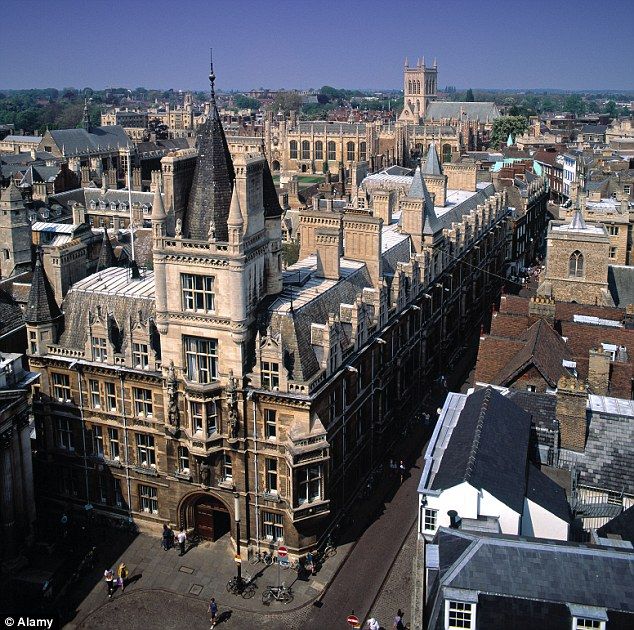A Journey Through Bedford’s Historical Landmarks
Introduction
The town has a rich history and this is evident in some of the landmarks that grace Bedford. Located in the scenic county of Bedfordshire this lovely town has a number of places representing different epochs from history. Heritage fans can really get their fill in Bedford with ancient fortresses to grandiose public buildings there are many fascinating landmarks that help give some insight into the history of this town. This can now be found in the following blog detailing some of Bedford’s key historical sites and their accompanying history.

Men Warders at Bedford Castle: Remnants of the Past
In the middle of town you will also find Bedford Castle. A famous local landmark and reminder of ancient medieval history. The Normans built the castle in the 11th century at a strategic site. Which gave them control of much of this part of England. Time has eroded much of the original structure, but enough ruins remain to give an idea of its former magnificence. Visitors can explore the remains of the castle walls, footings for a great tower, and outer earthworks. This look out has become a must see spot for history buffs as well as the more casual tourists passing through Bedford.
St. Paul’s Church: A Gothic Revival Treasure
With its distinctly Gothic Revival exterior, St. Paul’s Church on central Bedford Square is an excellent example of a place of worship with strong visual presence in situ. Church a well known church this building was constructed in the early 1800s and has some great stonework and beautiful stained glass windows. The style of the church having numerous pointed turrets packed with iconographic symbolism was in keeping within architectural fashions at that time. St. Pauls Church had been not merely an architectural landmark and also the central point of your religious and social life from each Bedford fire. Since taking over as burial land in 1771 beyond just its aesthetic appeal. It is still in full use as a place of worship and an important historical building which represents the cultural progression and transformation of the town.
Museo John Bunyan
Situated nearby, the John Bunyan Museum explores the life and work of the well known author The Pilgrim’s Progress. In one of Britain’s oldest buildings where he was arrested for his beliefs and held before while being tried in the 1670s damnation days the gallery gives a vivid background to his life and works. Thousands of original manuscripts personal belongings and touch screen displays trace Bunyan’s literary output. As well as the vital place he holds in religious thought. If you just have an hour or two a visit to the John Bunyan Museum will give insight into one of its more famous historical people in Bedford and his effect on both literature and religious freedom.
Bedfordshire Archives:
Local History Preserved
The Bedfordshire Archives based in the town will be of interest to anyone looking into this part of the history. The archives contain vast amount of historical documents from medieval records to estate papers and local government files. Historians can access these records to find detailed information covering the history and development of Bedford. The archives also offer and provide these services resources that attempt to preserve history as well by which are useful for genealogy enthusiast and historians alike this makes it a Boutique Institution of Interest. When exploring the historical heritage of Bedfordshire.
The Embankment
The Embankment along the River Great Ouse is a wonderfully historic building with views to match. Created largely in the 19th century it has a medley of Victorian and Edwardian architecture with fine houses and memorials. This naturalistic walkway is not just an attractive place to stroll but also a slice of history that reflects the growth of Bedford. During the Victorian period. The gardens and historic components of The Embankment are in fantastic condition too providing a peaceful environment for all to see the different historical aspects along with its natural beauty.
Cover of The Old Town Hall: As a Type of Civic Architecture in the 19th Century
The Old Town Hall is an icon in itself with a dominating clock tower and classical design to befit Bedford’s civic heritage. This was a 19th century building from where local administration used to run. It’s the grand and elegant architectural style that magnifies the role of municipal buildings during those years. Today, the Old Town Hall still operates as a location for community events and local functions preserving its status as an essential part of Bedford’s civic life.
A Cultural Landmark: The Higgins Bedford
Borough mainstay The Higgins Bedford is a museum and Art Gallery combined attitude walking you through time in the town. With a wide range of exhibits ranging from artefacts and fine art to displays on Bedford’s colourful past. The museum offers permanent and temporary exhibitions. On anything from the earliest history of Man to new works by contemporary artists giving a full view. How culture in this part of Greece has grown over time. With a range of exhibitions providing insight into Bedford’s history and the diversity of arts in this cultural hotbed The Higgins Bedford is a must see on any visitor’s itinerary.
Conclusion
Bedford Bedford is a magical little town and if you love to explore the history of places then its historical landmarks are worth visiting. Every site, be it medieval remains of Bedford Castle or the Victorian grandeur of The Embankment. Tells a different story about Bedford’s own history. Visiting these landmarks offers a chance to uncover the way this little city has evolved through time and how it came too look like.



